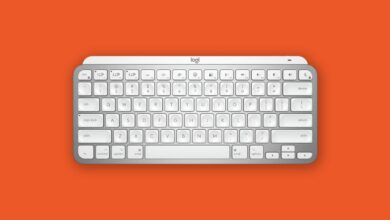Apple, don’t ruin the iPhone Flip
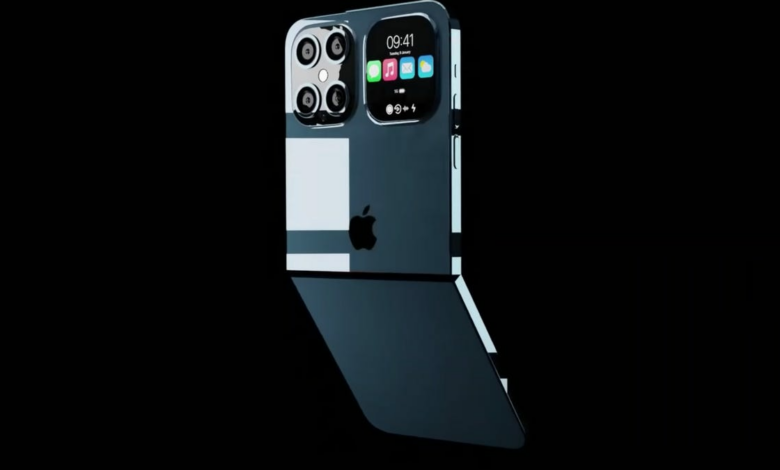
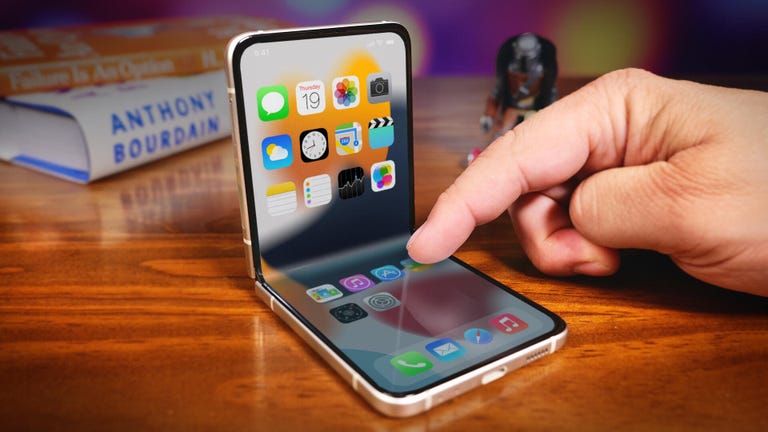
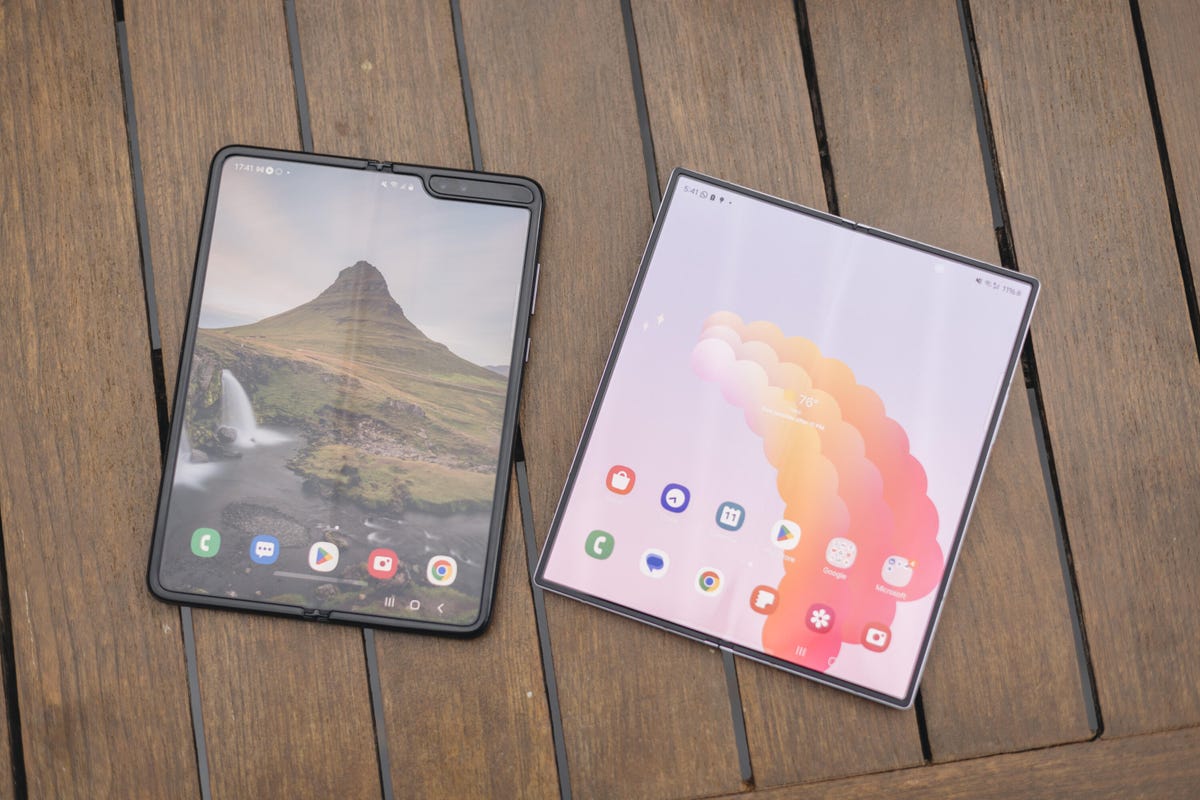
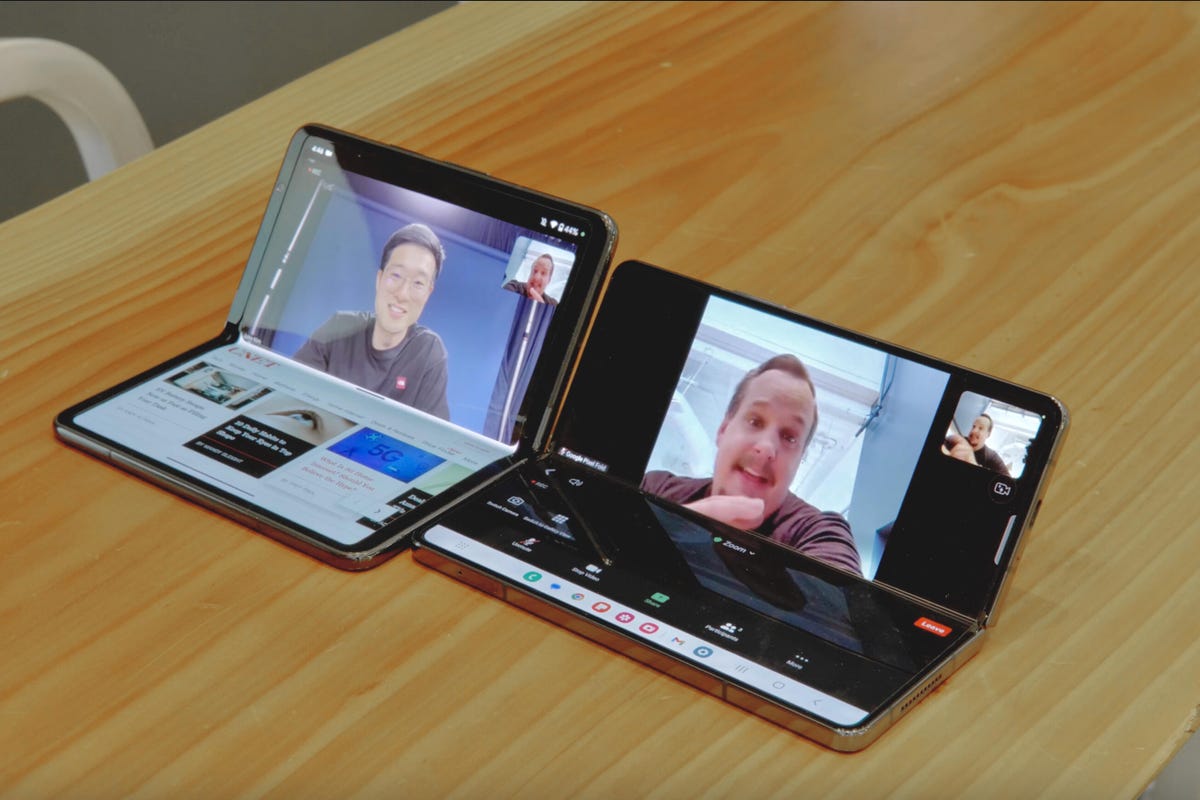
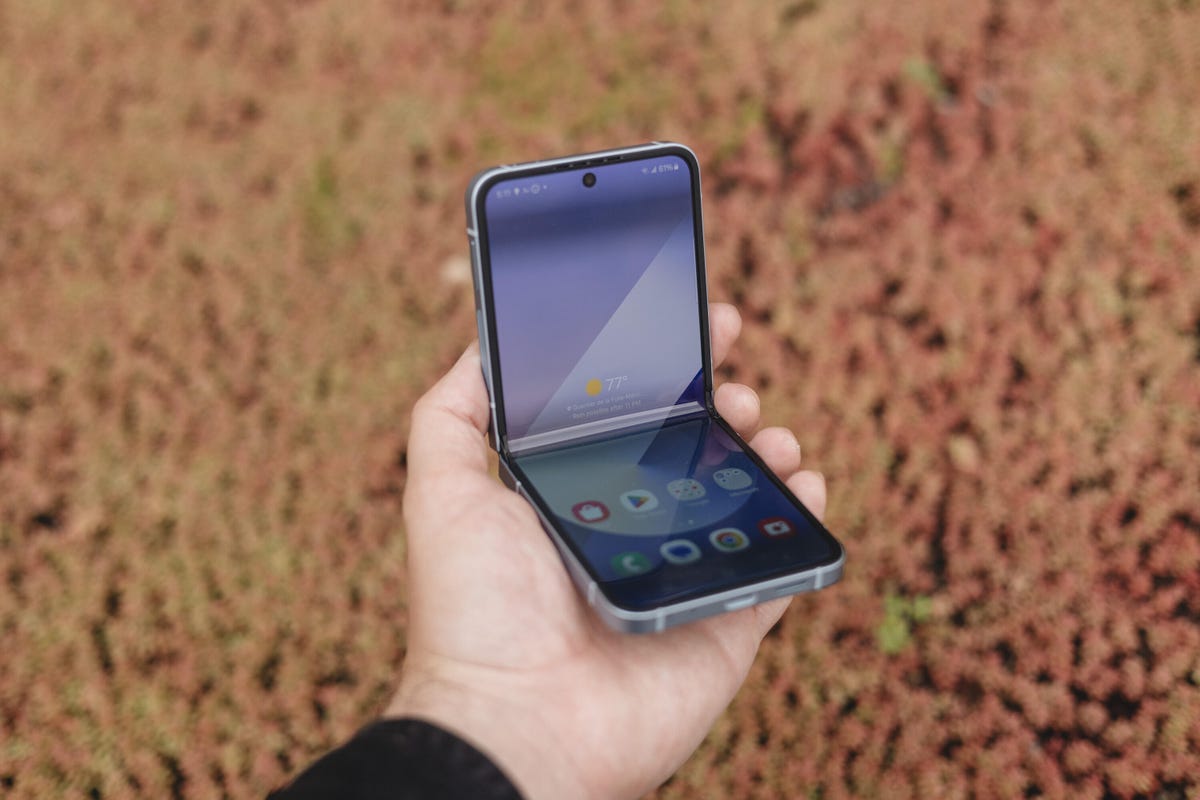
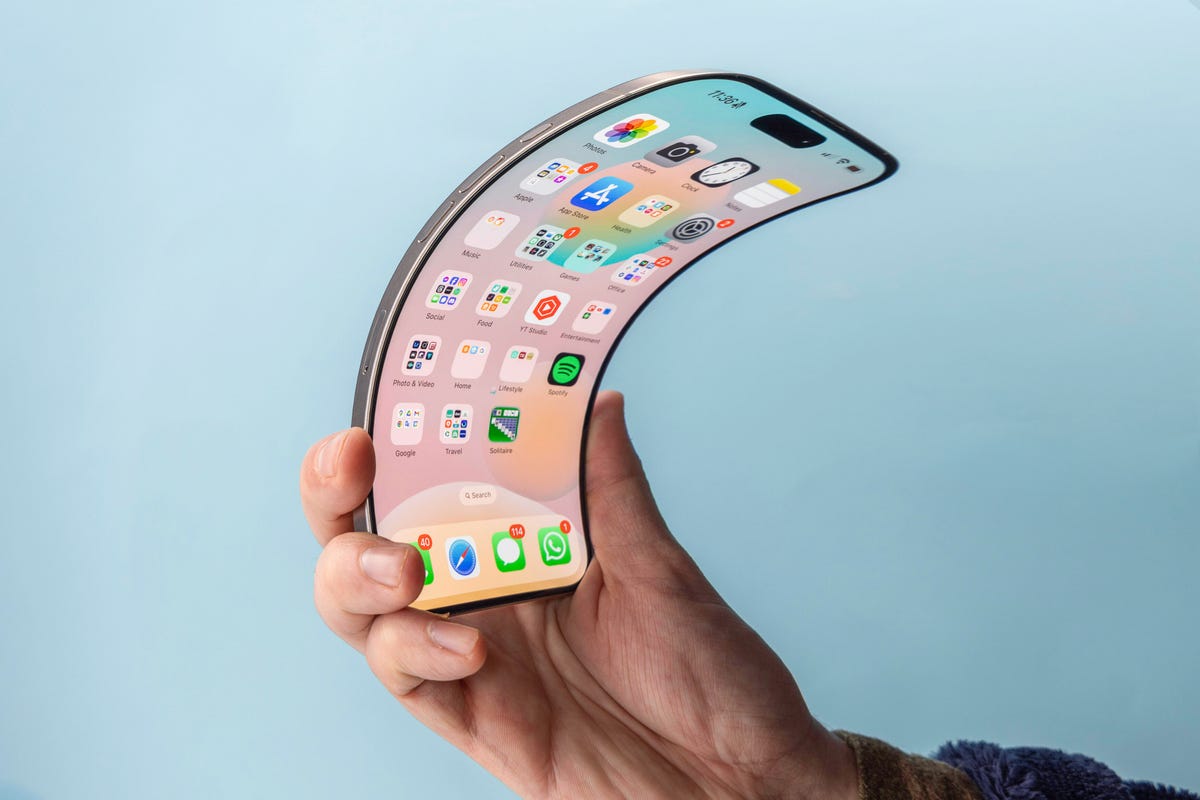
Rumors of Apple’s foldable iPhone have been swirling for years. There’s still no official word on whether a bendable phone from the company will debut at its upcoming September launch event, but I have some thoughts — and warnings — for Apple as the company inches closer to a potential unveiling of the iPhone Flip.
I’ve written before about why foldable phones disappoint me and how Apple could be the company to kick-start the category. Because it really needs one. In the past month, we’ve seen new foldable phones from Samsung and Motorola , and neither of them have managed to get me excited, as both companies’ new launches are just iterations of what they already had.
Foldable phones are decent at first glance, but aside from the novelty of the bendable screen, they don’t offer anything unique. As more and more Android companies jump into the foldable market, I’ve become increasingly concerned that Apple could suffer the same problem if the iPhone Flip is a generic, unnecessary novelty.

Look at this: When will the iPhone Flip be released?
A foldable iPhone should be more than a regular iPhone 15 with a bendable screen.
This is what Apple needs to do.
Focus on software
Unfortunately, the foldable Android devices we’ve seen so far, including the new Samsung Galaxy Z Fold 6 and Z Flip 6, are essentially just regular Android phones with flexible displays. The hardware is impressive, sure, but once you get over the novelty of a phone that folds in half, it just becomes any other phone. Except the one you paid a lot of money for.
The problem is that while the foldable hardware works well, the software is essentially the same as what you’ll find on the non-foldable versions of the phones. There are few accommodations for the larger displays in the core Android software, and most third-party apps don’t really take advantage of the size. As a result, I’m still waiting for that “oh wow” moment that shows me the true value of a foldable phone.

Samsung’s Z Fold 6’s hardware has certainly improved since the first Z Fold, but the software is still quite underwhelming.
I had hoped that Google, as the maker of Android, would develop more software features with the Pixel Fold that took full advantage of its foldable form factor. But so far, the device feels more like an exercise in competition than a genuine attempt at innovation.
Hopefully Apple’s strong relationships with developers will play a role in this, as makers of productivity, entertainment, and gaming apps are poised to create amazing apps that show why foldable phones truly are the next step in the evolution of our phones.
Stand out
Even on the hardware front, we’re already seeing duplication in design and form factors. Motorola’s new Razr Plus is essentially the same as Samsung’s Z Flip 6, and there’s little to separate the OnePlus Open, Google Pixel Fold, and Galaxy Z Fold 6 aside from a few minor details.

Most of the foldable devices we’ve seen so far look similar.
Apple needs to avoid a foldable iPhone that looks like a clone of existing Android foldable phones. It needs to stand out and emphasize why Apple is the champion when it comes to product engineering. Let’s not forget that Apple didn’t invent the mobile phone, but its world-class designers and engineers created a product with the first iPhone that completely revolutionized what a phone could be.
Apple has time on its side; by arriving late to the party and not rushing out a “me too!” product, it’s been able to see the progression of foldable devices from Samsung’s first Z Fold to the more advanced models we have today. It’s given the company the chance to take its time, learn from the mistakes of others, and hopefully harness the same spark that made the original iPhone so transformative into its first foldable.
Don’t skimp on the specs — and then do it
A foldable iPhone, if we ever get one, would have to be a showcase of what Apple can do with a phone. It wouldn’t just have to be groundbreaking in terms of design, but also packed with the latest and greatest tech the company has to offer elsewhere. That means it would have to keep pace with the Pro models, not be a slimmed-down version that just happens to fold.

The Galaxy Z Flip 6 is a fun device, but its hardware can’t match that of Samsung’s regular phones.
We’ve seen this with many other foldable phones, including Samsung, which has typically equipped its foldable phones — particularly the Z Flip line — with lower specs than you’d get from its top-end S Ultra models. The result is that you’re forced to pay top dollar for the foldable phone, but still end up with lesser performance than your friend who has a much cheaper phone than you.
That’s especially true when it comes to cameras, because even Samsung’s most expensive Z Fold 6 has a camera setup that can’t compete with the S24 Ultra. So you’re going to have to choose between the best camera performance or the best folding tech. Either way, you’ll have to make a compromise.
An Apple foldable would have to have the same triple-camera setup as the Pro line, along with ProRaw imaging and ProRes video capture. It would have to have the latest processor that could handle anything you throw at it, and it would have to be able to execute Apple’s new AI capabilities (Apple Intelligence) at least as well as any other phone the company makes.

Until we have a true foldable iPhone, we’ll have to make do with my horrible photoshopped version.
Such a device costs a fortune, so Apple also needs a more affordable option that’s aimed more at people who just want the joy of the hinge without all the bells and whistles. Why? Because it needs mass-market appeal to get developers on board. A hyper-expensive elite iPhone Fold isn’t going to have many early adopters, so why would developers waste time thinking up and producing apps for so few potential customers? On the other hand, if you’re just going for the cheap and fun model, it feels like a toy. A gimmick that might grab some headlines, but isn’t really for serious users.
To truly dominate the developer market, Apple will have to address both sides of the value equation.




